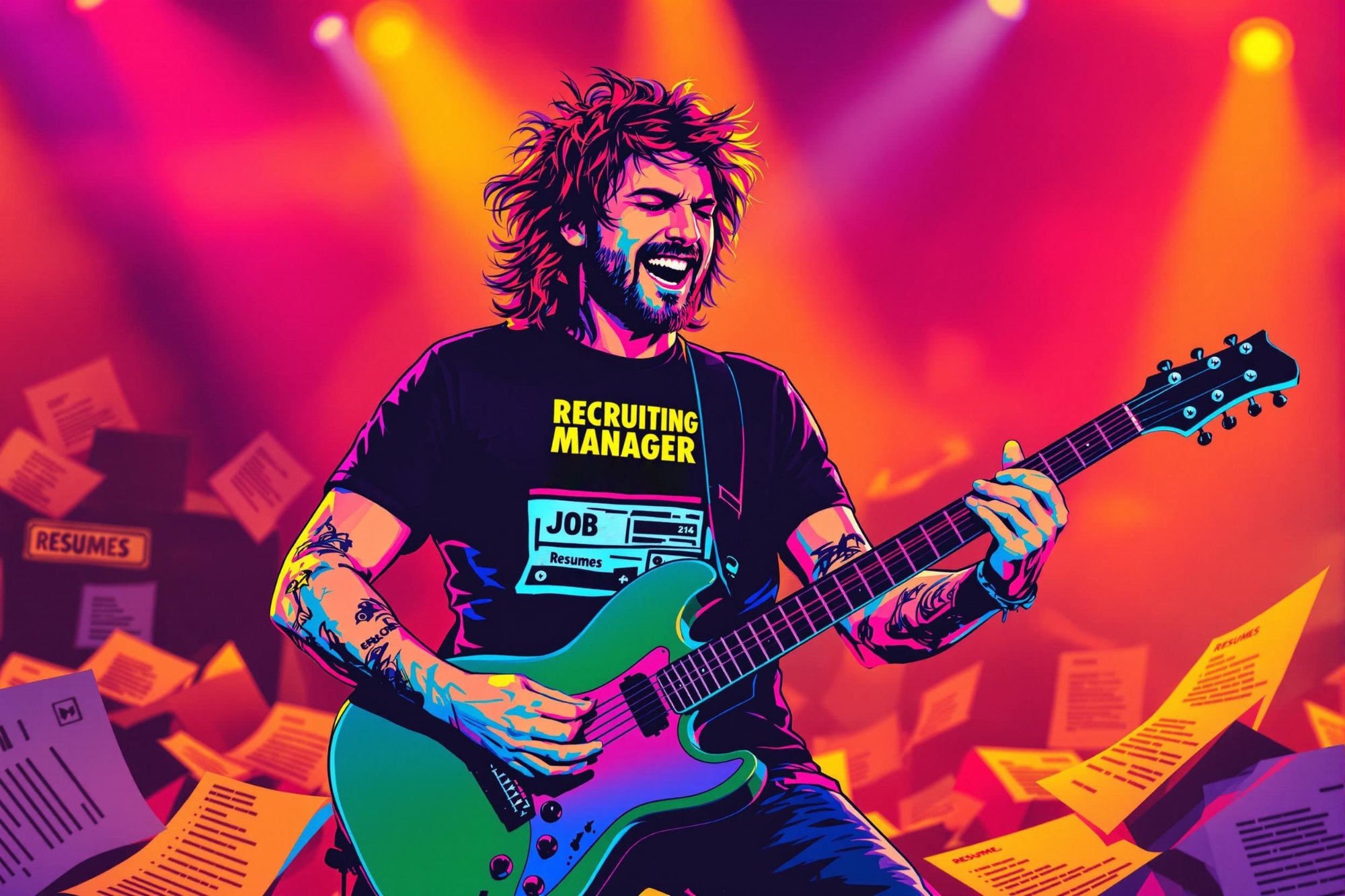
Fight Choreography
Fight Choreography is the art of planning and designing safe, realistic-looking combat sequences for movies, TV shows, theater, and live performances. It's similar to dance choreography, but focuses on creating believable fight scenes while ensuring performer safety. Fight choreographers work with directors and stunt coordinators to create action sequences that tell a story and fit the production's style. They might work with anything from sword fights to hand-to-hand combat, making sure that complex movements look spontaneous while being carefully controlled.
Examples in Resumes
Designed and executed Fight Choreography for 12 episodes of a network TV drama
Led Fight Sequence planning for major theater production involving 20 performers
Created detailed Combat Choreography for historical film featuring period-accurate sword fighting
Supervised Stage Combat training for cast members in Broadway musical
Typical job title: "Fight Choreographers"
Also try searching for:
Where to Find Fight Choreographers
Professional Organizations
Industry Networks
Training & Workshops
Example Interview Questions
Senior Level Questions
Q: How do you approach creating fight scenes for different genres and styles?
Expected Answer: Should discuss adapting choreography for different contexts (theater vs. film), understanding various fighting styles, and considering the story's needs while maintaining safety.
Q: How do you handle a situation where performers have different skill levels?
Expected Answer: Should explain methods for adapting choreography to different abilities, training techniques, and safety protocols while maintaining the scene's quality.
Mid Level Questions
Q: What safety protocols do you implement during rehearsals and performances?
Expected Answer: Should describe standard safety measures, warm-up procedures, proper weapon handling, and communication protocols with performers.
Q: How do you document and teach fight sequences to performers?
Expected Answer: Should explain methods of notation, teaching progression, and techniques for helping performers remember complex sequences.
Junior Level Questions
Q: What are the basic elements of a safe stage combat sequence?
Expected Answer: Should mention distance control, eye contact, timing, proper stance, and basic safety principles.
Q: How do you communicate with performers during rehearsal?
Expected Answer: Should discuss clear terminology, positive feedback methods, and basic safety commands used in rehearsal.
Experience Level Indicators
Junior (0-3 years)
- Basic unarmed combat choreography
- Understanding of safety protocols
- Assistant fight captain experience
- Basic weapon handling knowledge
Mid (3-7 years)
- Multiple fighting styles expertise
- Independent choreography creation
- Safety certification
- Teaching and training experience
Senior (7+ years)
- Complex production management
- Multiple weapon systems mastery
- Risk assessment and safety planning
- Production budget management
Red Flags to Watch For
- Lack of formal safety certification
- No experience with proper weapon handling
- Poor communication skills
- No knowledge of basic theater or film production process
- Missing liability insurance
Related Terms
Need more hiring wisdom? Check these out...

When Job Ads Dance: Why Your Next Hire Might Come From a 20-Second TikTok

Cutting HR Costs Without Sacrificing Quality: A How-To for Savvy Executives

Unlock Hidden Talent: How Internal Rotation Programs Spark Career Exploration and Boost Retention

